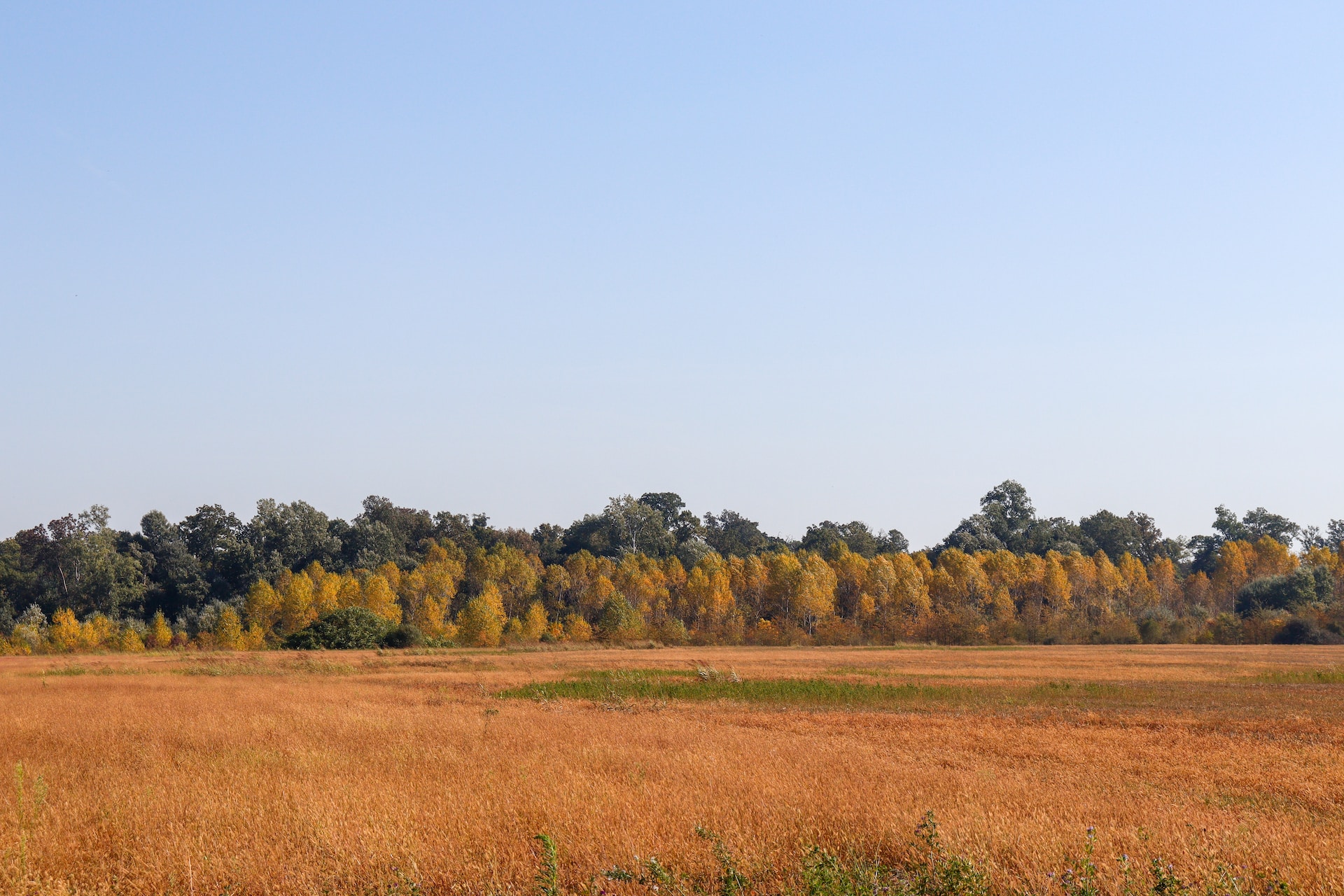Subdividing vacant land can be a lucrative investment strategy that not only enhances the value of your property but also offers potential buyers more affordable and customizable landownership opportunities. At Vacant Land Man, we are dedicated to helping Texans navigate the complexities of land subdivisions and make informed decisions to maximize their returns. By understanding the process of subdividing vacant land in Texas, you can unlock the full potential of your property and capitalize on the real estate market.
In this comprehensive guide, we will walk you through the necessary steps to subdivide your vacant land in Texas. We will examine the benefits and challenges of subdividing land, as well as the regulatory requirements and approval processes you need to know to complete a successful land subdivision. With this knowledge, you can make well-informed decisions regarding your vacant land and be better prepared to manage the subdivision process from start to finish.
Subdividing vacant land in Texas can be a challenging endeavor, but with the assistance of the experienced team at Vacant Land Man, you can confidently and successfully navigate your land subdivision project. Are you ready to explore the potential of your vacant land? Contact Vacant Land Man today, and let our expertise guide you through every step of the land subdivision process. Don’t wait—reach out to us now, and let us help you transform your land investment dreams into reality.
Why Subdivide Your Vacant Land in Texas?
Land subdivision offers various benefits that can make it an attractive option for landowners:
1. Increased Property Value: Dividing your vacant land into smaller parcels often results in an overall increase in property value, as smaller lots can command higher per-acre prices.
2. Improved Marketability: Offering subdivided lots can appeal to a wider range of buyers who may not need or can afford a larger tract of land. Smaller parcels also provide buyers with more flexibility in land usage and development.
3. Flexible Development Options: Subdivided land can be developed in stages, allowing you to spread your investment risk and capitalize on market trends and opportunities over time.
4. Better Land Utilization: A well-planned subdivision can make the most of the natural features and topography of your land, ensuring efficient land use and minimal environmental impact.
Understanding Texas Land Subdivision Regulations
Before embarking on a land subdivision project, it’s essential to understand the applicable regulations and requirements. In Texas, land subdivision is regulated at the local level, which means county and city governments enforce their ordinances on subdivision development standards and procedures. Key factors to consider include:
1. Local Zoning Ordinances: Review your local zoning ordinances to understand the specific requirements for land subdivision, including minimum lot sizes, setbacks, public facilities, and infrastructure provisions.
2. Legal Restrictions: Check the title of your property for any easements, deed restrictions, or covenants that may limit your ability to subdivide or dictate specific development requirements.
3. Environmental & Conservation Requirements: Familiarize yourself with any environmental regulations concerning wetlands, floodplains, endangered species habitats, or other environmentally sensitive areas that may affect your subdivision plans.
4. Texas Land Subdivision Act: This state law applies to land subdivision activities outside city limits in Texas. It requires developers to submit their subdivision plats for review and approval by the county and ensure that adequate infrastructure, including roads, water, and wastewater facilities, is in place.
Steps to Subdivide Your Vacant Land in Texas
Undertaking a land subdivision project in Texas involves a series of steps that vary depending on the location and circumstances of your property:
1. Preliminary Assessment: Conduct a comprehensive assessment of your property to determine its suitability for subdivision, considering the zoning requirements, development constraints, and potential market demand.
2. Survey & Platting: Retain the services of a professional land surveyor to create a detailed plat of your proposed subdivision that outlines the division of your land into smaller lots, proposed infrastructure, and other required features.
3. Regulatory Approval Process: Submit your subdivision plat and any supporting documentation to the local government for review and approval. This process often involves public hearings, coordination with various government agencies, and potential revisions to address concerns.
4. Site Development & Infrastructure Installation: After receiving the necessary approvals, you can proceed with the development of your subdivision, including the installation of roads, water lines, wastewater facilities, and other required infrastructure elements.
5. Marketing & Sales: Promote your newly subdivided lots to prospective buyers, highlighting the attractive features and development options that your land offers.
Managing Risks & Challenges in Land Subdivision Projects
Successfully navigating a land subdivision project requires careful management of the risks and challenges involved:
1. Due Diligence: Conduct thorough research and engage professionals, such as real estate agents or land planners, to obtain a clear understanding of the regulatory landscape, market potential, and development constraints for your land.
2. Financial Planning & Strategy: Create a comprehensive financial plan and budget for your subdivision project, accounting for all development costs, potential market fluctuations, and the timeframe for achieving a return on your investment.
3. Communication & Documentation: Carefully document all communication and agreements with local authorities, contractors, and other stakeholders to ensure a smooth approval process and reduce the risk of disputes or delays.
4. Adaptability: Be prepared to adjust your land subdivision plans as necessary to accommodate changing regulations, market trends, or unforeseen challenges that may arise during the project.
Conclusion
Subdividing vacant land in Texas can be a rewarding investment strategy that unlocks the full potential of your property. By understanding the regulatory requirements, development process, and inherent challenges, you can confidently pursue a successful land subdivision project and maximize returns.
If you’re considering subdividing your vacant land in Texas, turn to the experienced team at Vacant Land Man for expert guidance and support. Our local knowledge, market insights, and dedication to helping Texans navigate the world of land subdivisions will give you the edge you need to succeed. Contact Vacant Land Man today and let us be your trusted partner in realizing your land subdivision dreams.




